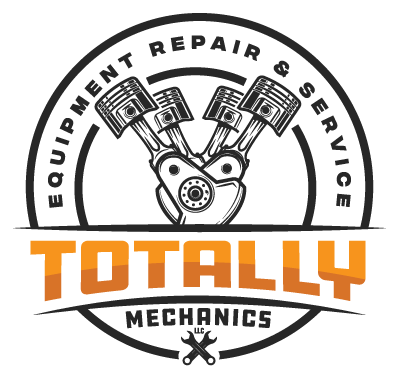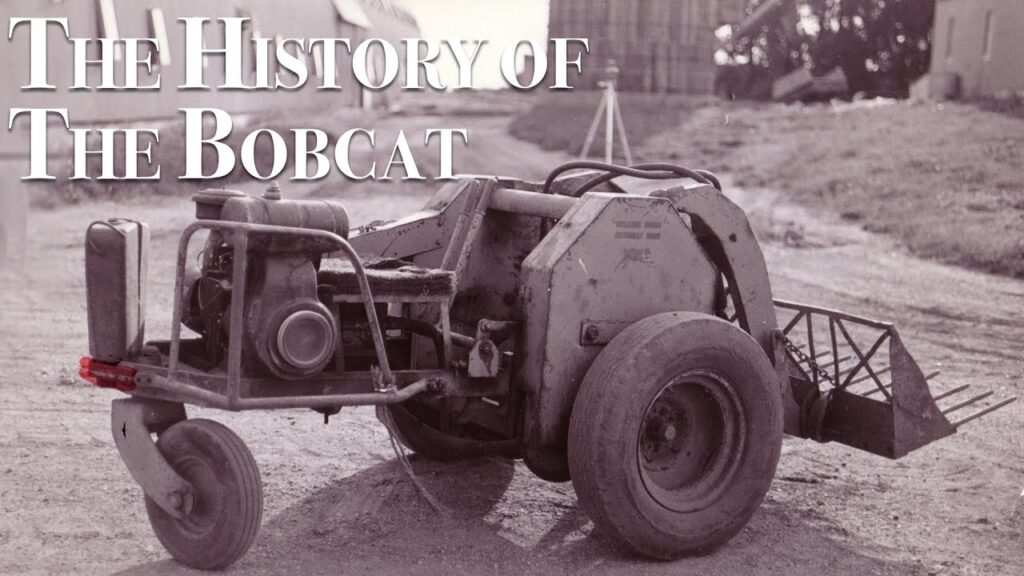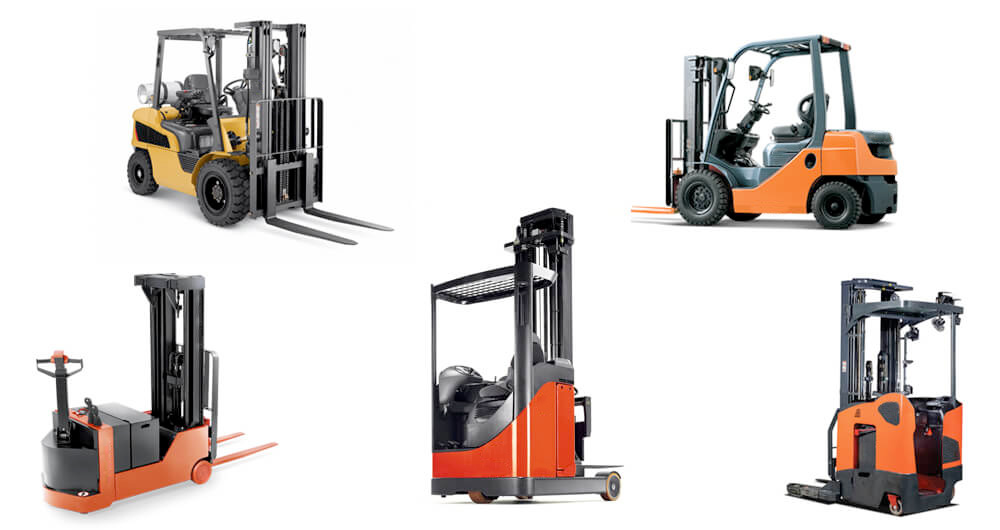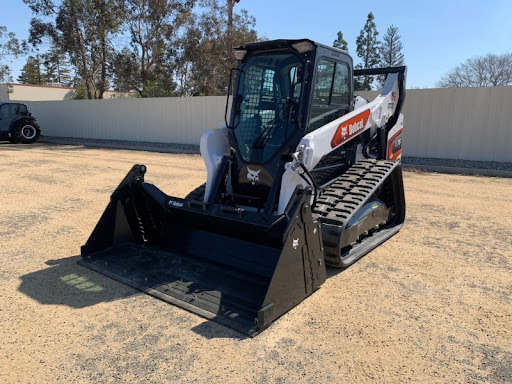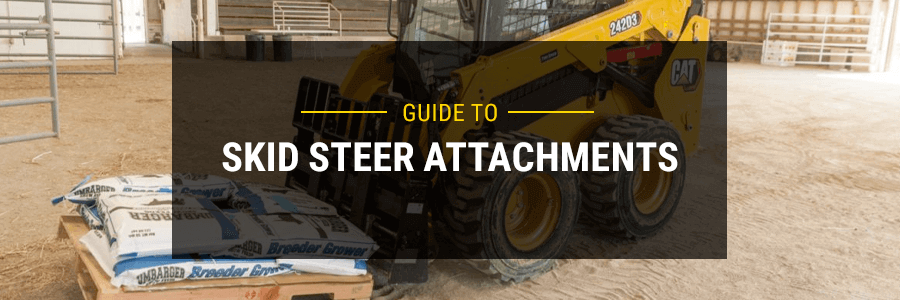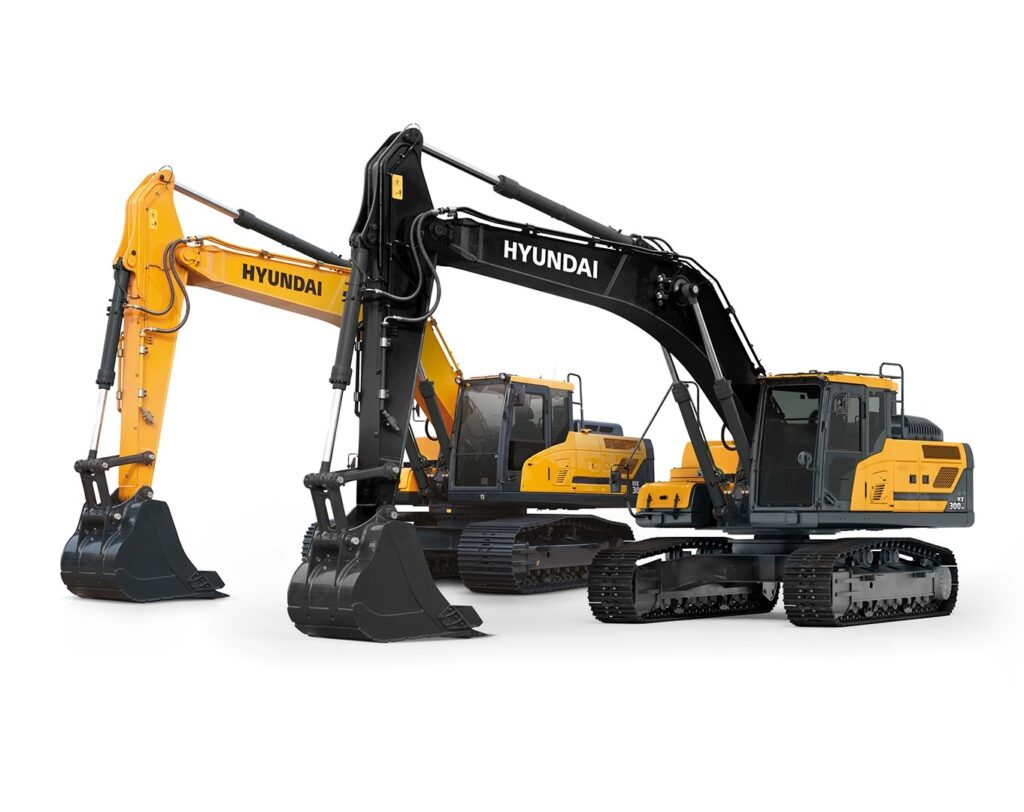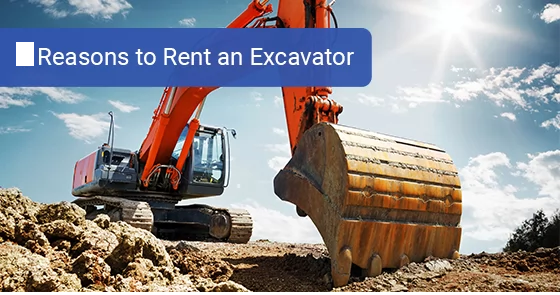When it comes to compact construction equipment, few names resonate as strongly as Bobcat®. This iconic brand has revolutionized the industry with its innovative designs and reliable machinery. In this blog post, we’ll take a closer look at the history of Bobcat® power equipment, tracing its roots and highlighting the key developments that have defined its journey. Origins of the Bobcat® Brand The story of Bobcat® begins in the late 1940s, in a small garage in Gwinner, North Dakota. The vision was sparked by a farmer and inventor named Eugene S. Johnson, who sought a more efficient way to move materials on his farm. In 1947, Johnson created the first compact loader, a simple yet effective solution to the challenges faced by farmers and contractors alike. In 1958, Johnson’s invention caught the attention of a local company, Melroe Manufacturing. Melroe saw the potential in Johnson’s design and decided to invest in further development. By 1962, the first Bobcat® loader was introduced to the market. Its compact size, versatility, and ease of use quickly set it apart from other heavy machinery. The Rise of the Bobcat® Loader The 1960s marked a significant turning point for Bobcat®. As the demand for compact equipment grew, Melroe expanded its product line. The introduction of the Bobcat® 700 Series loaders established the brand as a key player in the construction and landscaping industries. The innovative design allowed for greater maneuverability, making it ideal for tight spaces where larger machinery couldn’t operate. In 1969, the company made another leap forward by introducing the first-ever Bobcat® skid-steer loader. This machine was a game-changer, combining the capabilities of a loader with a unique, compact design. The skid-steer loader’s versatility allowed operators to switch attachments, transforming it into a tool for various tasks, from digging to lifting to grading. Expanding Horizons: Innovations and Growth Throughout the 1970s and 1980s, Bobcat® continued to innovate and expand its product range. The introduction of the Bobcat® 500 and 600 Series loaders further solidified its reputation for quality and reliability. By incorporating features like improved hydraulic systems and enhanced stability, Bobcat® machines became indispensable on job sites. The company also embraced the importance of customer feedback, leading to designs that catered to user needs. As the brand evolved, it began to introduce a variety of attachments—such as buckets, forks, and augers—that expanded the functionality of its machines. This focus on versatility made Bobcat® a favorite among contractors, landscapers, and agricultural workers. Global Recognition and Industry Leadership In 1995, Bobcat® was acquired by the Doosan Group, a South Korean conglomerate. This acquisition opened doors for international expansion, allowing the brand to reach new markets around the globe. Bobcat® established a strong presence in Europe, Asia, and beyond, further solidifying its status as a leader in the compact equipment sector. As the years progressed, Bobcat® continued to push the envelope in terms of technology and sustainability. The introduction of advanced telematics systems allowed users to monitor equipment performance in real time, enhancing productivity and reducing downtime. Furthermore, Bobcat® made significant strides in developing environmentally friendly machinery, ensuring compliance with stricter emissions regulations while maintaining power and performance. The Present and Future of Bobcat® Today, Bobcat® is synonymous with quality and innovation in compact construction equipment. The brand offers a wide range of products, including skid-steer loaders, compact excavators, and utility vehicles, catering to various industries and applications. Bobcat® machines are recognized for their durability, efficiency, and ease of operation, making them a preferred choice for professionals worldwide. Looking ahead, Bobcat® is committed to continuing its legacy of innovation. The company is investing in research and development to explore electric and hybrid power solutions, aiming to reduce environmental impact while meeting the evolving needs of its customers. The Importance of Quality Parts To keep Bobcat® equipment running at peak performance, access to high-quality parts is essential. Over time, wear and tear can affect the efficiency and safety of your machinery. This is where Totally Mechanics LLC comes into play. They specialize in providing genuine Bobcat® parts that ensure your equipment remains in optimal condition. Whether you need replacement parts for routine maintenance or specific components for repairs, Totally Mechanics LLC offers a wide range of options. Their commitment to quality ensures that you receive parts that match the performance standards of your Bobcat® equipment, helping you minimize downtime and maximize productivity. Conclusion From its humble beginnings in a North Dakota garage to becoming a global leader in compact equipment, the history of Bobcat® power equipment is a testament to innovation, resilience, and customer-centric design. As the brand continues to evolve, it remains dedicated to providing reliable, high-quality machinery that empowers operators to tackle their projects with confidence. For Bobcat® owners, maintaining your equipment with quality parts from trusted suppliers like Totally Mechanics LLC is crucial for ensuring long-lasting performance. Whether you’re a seasoned contractor or a DIY enthusiast, Bobcat® is a name you can trust, and with the right parts, your machines will keep delivering exceptional results for years to come.
